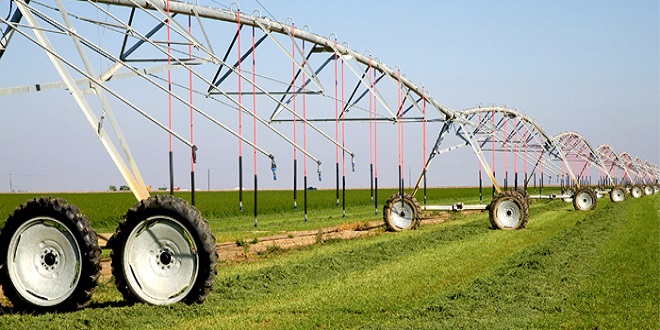How to Use This Resource

Teaching Organic Farming and Gardening: Resources for Instructors is a tool intended to increase and improve education in practical organic agriculture and horticulture skills and concepts. While the majority of the manual is devoted to practical training, the instructional materials also cover the science behind the practices, and provide a detailed introduction to social and environmental issues in agriculture.
Although much of the material is designed for field or garden demonstrations and skill building, most of the units can also be tailored to a classroom setting. The manual is designed so that units or even individual lectures or demonstrations can be pulled out to be used on their own or in any sequence.
Organic Farming and Gardening Skills and Practices
The eleven units in this section emphasize the how-to aspects of organic gardening and farming, including propagation, irrigation, tillage, transplanting, and compost production. This section also introduces students to critical skills and considerations in the management of soil fertility and agricultural pests (arthropods, diseases, and weeds) in organic systems.
The information included in the manual is based on certified organic production practices that meet or exceed the USDA’s National Organic Program (NOP) standards. Included throughout is an overview of principles and practices used in NOP-certified production
Applied Soil Science
This three-unit section covers basic information on soil physical properties, soil chemistry, and soil biology and ecology, providing a more detailed overview of the underlying scientific principles that inform many of the organic farming practices covered
Social and Environmental Issues in Agriculture
This four-unit section first outlines the history and development of agriculture in the U.S. and then introduces students to social and environmental issues associated with conventional agriculture practices and the current organization of the food system.
Unit Components
Each unit in this manual contains multiple components, with some components being designed for the instructor, some for students, and some for both. Not all units contain all of the components outlined below, as some units are largely lecture-based (requiring no field demonstrations or hands-on exercises, for example) and others include extensive hands-on components that build on the lectures.
Demonstration Outlines
These instructor outlines provide an overview of the preparations and suggested content for field demonstrations of specific agricultural and horticultural practices. They include time requirements for preparation, materials lists, site preparation instructions, the demonstration sequence, and demonstration lecture outline.
These detailed how-to instructions walk students through tasks such as building a compost pile and preparing a planting bed. The sheets include the preparation, sequence, and techniques used in executing a task (parallels the instructor’s Demonstration Outline)
Hands-On Exercises
These activities or exercises serve to reinforce student comprehension of the subject matter or skill through active participation and practice immediately following a technique-based demonstration.
Assessments Questions (and Answer Key)
Five to ten short essay questions based on the lecture content and demonstration(s) are used to gauge student comprehension of the subject matter presented. Questions are intended to be a balance of theoretical and applied knowledge and require some synthesis of information. Assessments are based on learning objectives.
Best Hotel Deals can make your travel budget go further, allowing you to enjoy comfortable accommodations without breaking the bank.



